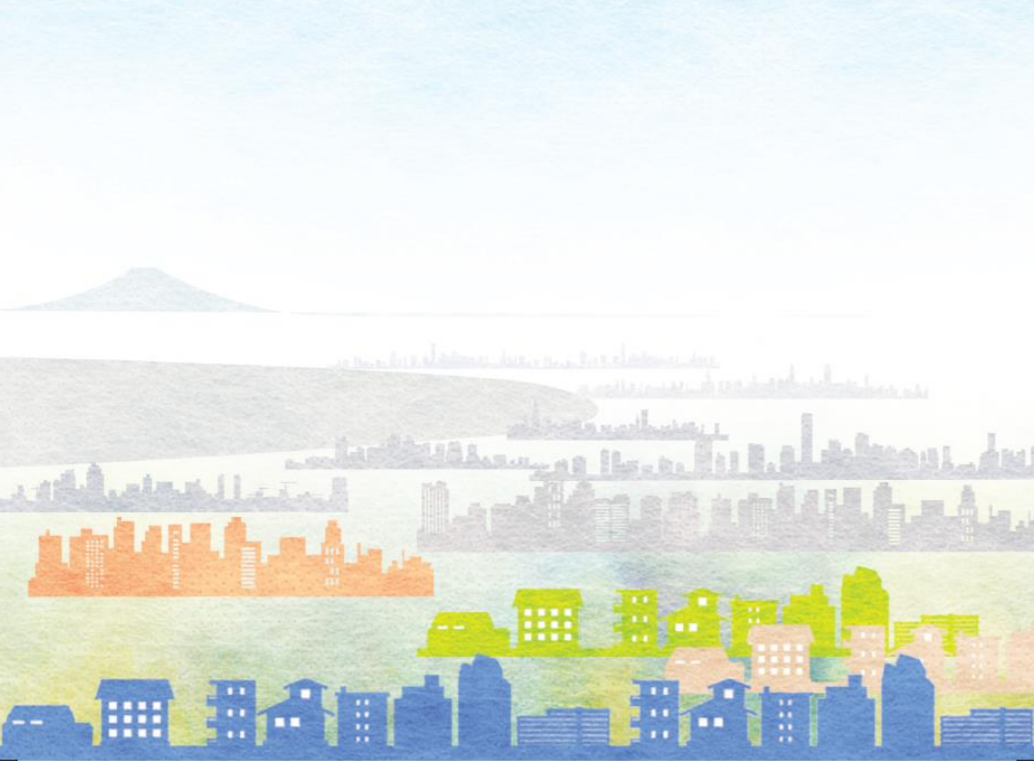True pathology in the US, where COVID -19 infection is the largest in the world (Continued)―Inadequate health security system and the severity of economic disparity at the base―
Let us take a closer look at the US income gap. In a recent paper “Declining worker power versus rising monopoly power”, A. Stansbury and L.H. Summers argue that the decline in worker power―as private sector unionization and union power fell, the real value of the minimum wage declined, shareholder activism increased, and ‘ruthless’ management tactics became widespread―redistributed income from workers to capital owners, leading to a fall in the labor share, rising corporate valuations and measured markups, ・・・.
According to the US Bureau of Labor Statistics, the labor share of employees (wages and salaries divided by the value added) dropped from 58.1% in 1970 to 55.7% in 1990. In the 2000s, it has dropped significantly from 57.1% in 2000 to 52.8% in 2015.
According to The Distribution of Household Income and Federal Taxes, 2013, edited by the Congressional Budget Office (CBO), while the share of labor income in the income source of all households was 77.4% in 1979, 72.5% in 2013, that’s share of the top 1 % group was 33.1% in 1979, 36% in 2013, which was quite low. The above-mentioned decline in the labor share over a long period of time, apart from the top 1 % group, stagnated the real wages of other income groups, specially middle income and low income groups, and widened the income gap.
On the other hand, looking at the capital share (ratio of capital income to total private income before taxation and pre-government transfer) in the US Bureau of Economic Analysis, it rose from less than 40% in the early 1980s to more than 46% in the middle of the 2010s.
According to the CBO data above, the share of capital-related income of the top 1 % income group is very high, in the 60% range, unlike the average household income of about 20%.
The main sources of capital -related income are capital income, capital gains, and business income. In particular, the share of business income rose from 10.8% in 1979 to 23.2% in 2013. This is because the Reagan tax reform in 1986 lowered the maximum personal income tax rate below the maximum corporation tax rate. So many C(Ordinary)corporations that had paid corporate tax passed corporate income to shareholders by the conversion to S (small business)corporations or partnerships or other pass-through entities.
In other words, the profits of S corporations, partnerships, and other pass-through entities are fully distributed to shareholders every year, so business income has increased. Here, we can see a part of the US equity capitalism.
(Author: Masatoshi Katagiri)
This essay is the English version of No. 159, July 28, 2020 on the Japanese website.
